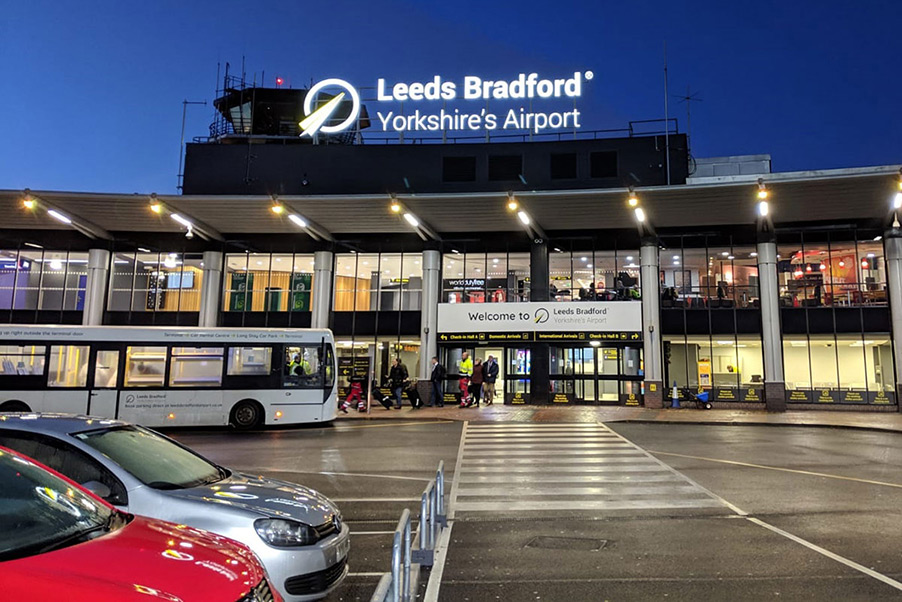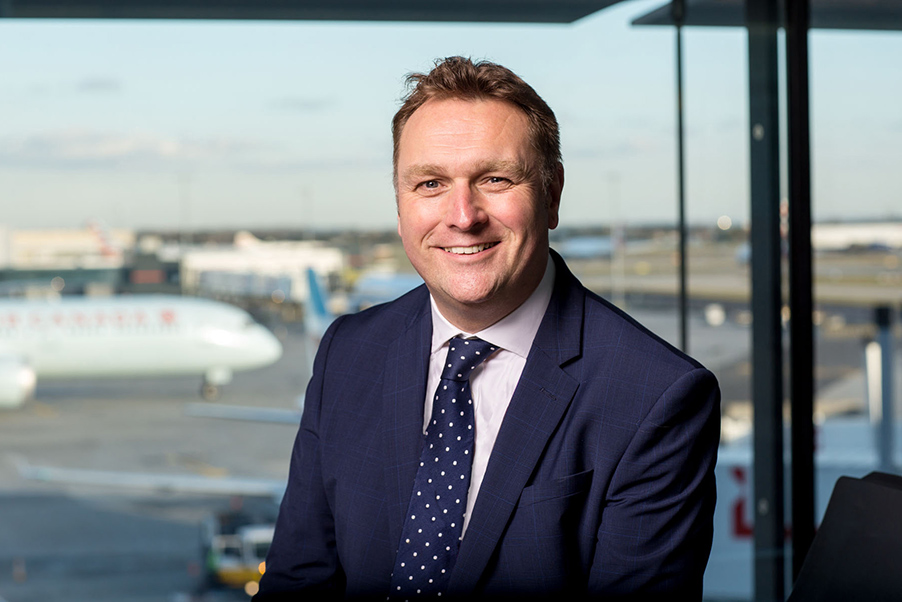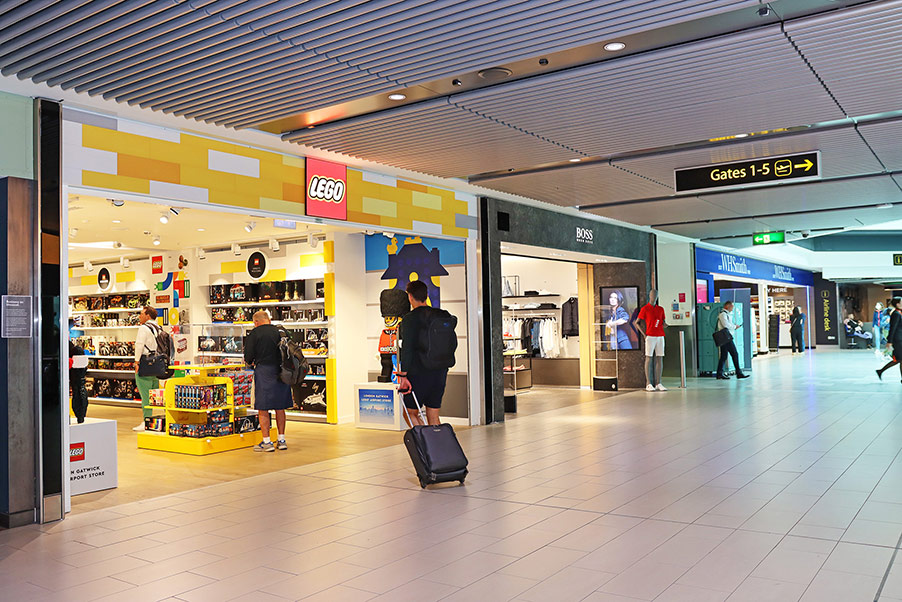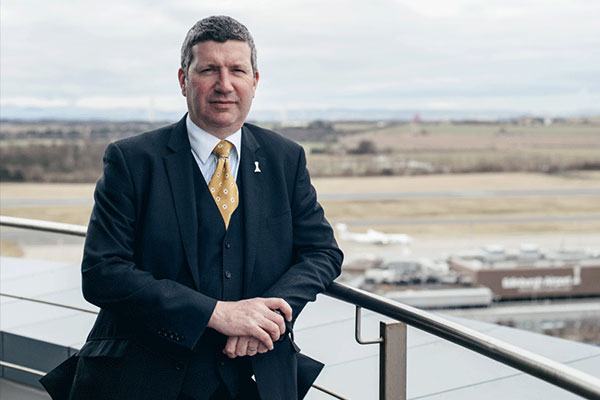
Edinburgh Airport has launched the second stage of its public consultation on the Airspace Change Programme (ACP), which defines the airport’s intentions to grow, ensuring that it continues to be able to support Scotland’s economy and jobs in a safe and effective way.
On 30 January, Edinburgh Airport launched the second stage of its public consultation on the Airspace Change Programme (ACP), which defines the airport’s intentions to grow, ensuring that it continues to be able to support Scotland’s economy and jobs in a safe and effective way.
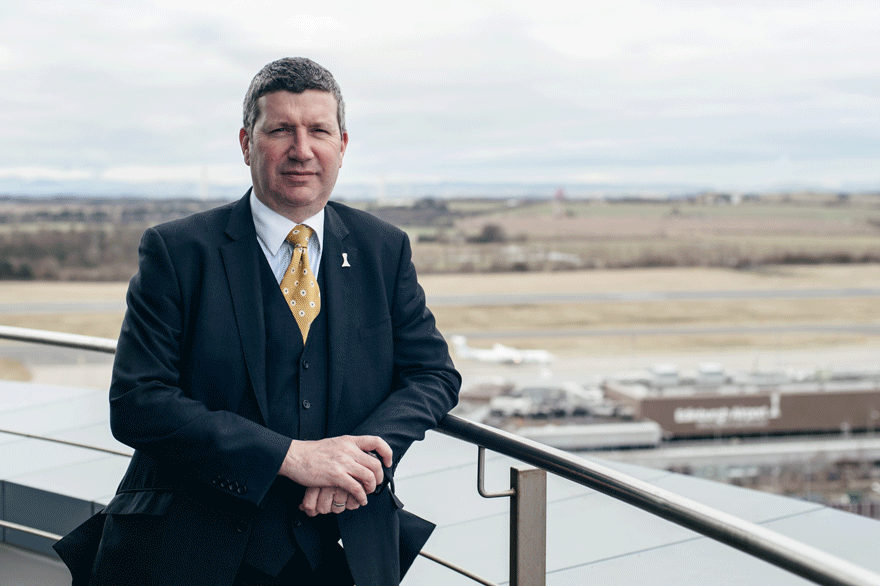
The existing flight paths used by aircraft rely on the 1950s technology of ground-based radio beacons. Any new flight path changes would be introduced using a well-established and more accurate form of navigation called Area NAVigation (RNAV). RNAV uses a combination of satellite and ground-based navigation technology to permit aircraft to follow a precisely-defined path over the ground with far greater accuracy than is possible with conventional routes.
“Today I have written to over 640,000 households across Edinburgh, the Lothians, Falkirk and Fife outlining the design of the flight paths and seeking the public’s views on the proposals of a range of options in and out of Edinburgh Airport,” explains Gordon Dewar, Chief Executive, Edinburgh Airport.
The second stage of consultation – “You Spoke and We Listened” – presents a range of proposed new flight paths which have been informed and influenced by public responses from the initial ACP consultation period between June and September 2016.
“In this second stage of public consultation we will be reaching out again to our neighbouring communities,” says Dewar. “Our community engagement campaign will be backed up by media advertising and a locally-targeted social media campaign to provide information relating to drop-in sessions and links to the feedback pages of the website.”
If the airport’s preferred proposed flight paths are approved by the CAA, it would mean that aircraft would fly over fewer people than at present and would reduce the noise impact for thousands of residents in neighbouring communities.
“We have worked closely with key stakeholders, including community and environmental groups, and our proposed changes would reduce the noise impact on the community, reduce emissions and allow us to continue to meet growing demand safely and sustainably,” adds Dewar.
If implemented, the airport’s preferred options would deliver several key benefits:
- The number of people who are currently overflown by aircraft up to around 7,000ft above their properties would reduce significantly compared to current routes, affecting the lives of nearly 25,000 fewer people.
- The airport would be reducing its carbon footprint and effect on the environment.
- Optimised operational benefits and the ability to meet and accommodate existing and future growth, while maximising the safety of all passengers.
“In the initial consultation over 5,000 members of the public responded,” comments Dewar. “This time, with lines on the map, we look forward to hearing from even more people. As with all major infrastructure expansion plans, we know that not everyone will agree with our proposals; therefore we are committed – where people are adversely impacted by changes – to mitigation and compensation measures.”




